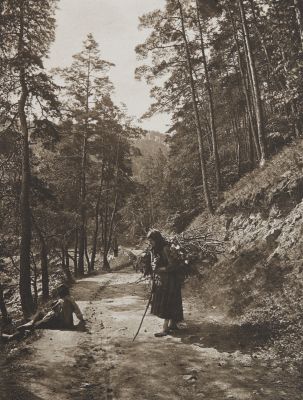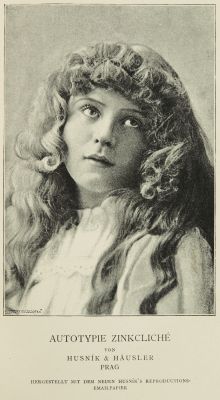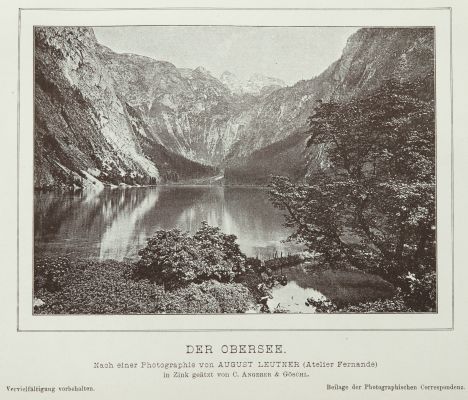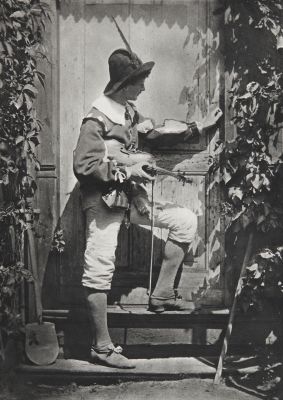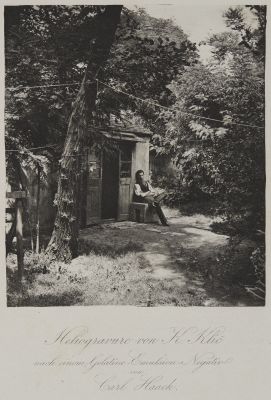
Title
E. Mariot’s Erster Versuch auf dem Gebiete der HeliogravureArtist
Mariot, Emile (Austrian, 1825-1891)Publication
Photographische Correspondenz; Organ der Photographischen Gesellschaft in WienDate
1880Process
Photogravure (heliogravure)Atelier
MariotImage Size
8.6 x 6 cmSheet Size
23 x 14 cm
Since the early 1850s the development of photography was documented and supported elaborately by magazines in France, England and Austria, the USA and Germany. None of these early magazines were as relevant as Photographische Correspondenz, particularly in German speaking regions. Founded in 1864, and edited by Ludwig Schrank as a periodical from practitioners for practitioners, with an emphasis on composition and the various genres of photography, including the practical aspects of photography as a fine art. Containing photogravures by Klic, Riffarth, Blechinger,Paulussen, Johannes Bayer, J Löwy, and Wilhelm Cronenberg, the content of the periodical negotiates photo-technical and photochemical innovations, provides guidance for professional photographers, examines new fine print methods as well as scientific, economic and esthetic aspects of photography.
The photographs for the most part came from Vienna studios. High-quality prints dominated its pages, using established reproduction processes that were economically beneficial. The majority of these fine prints were provided provided by Vienna studios and J. Albert, C. Aubel, K. Klietsch, Ch. Reutlinger, and L. Rutherfurd.
Mariot invented an electrotype photogravure method little used where “A photographic gelatin relief was transferred to a silver-surfaced copper plate, whereon an intaglio printing surface was produced by photogalvanography.” [1]
Reproduced / Exhibited
Hanson, David A. Checklist of Photomechanical Processes and Printing, 1825-1910. , 2017. p. 88.
References
[1] Mertle pg. 23



